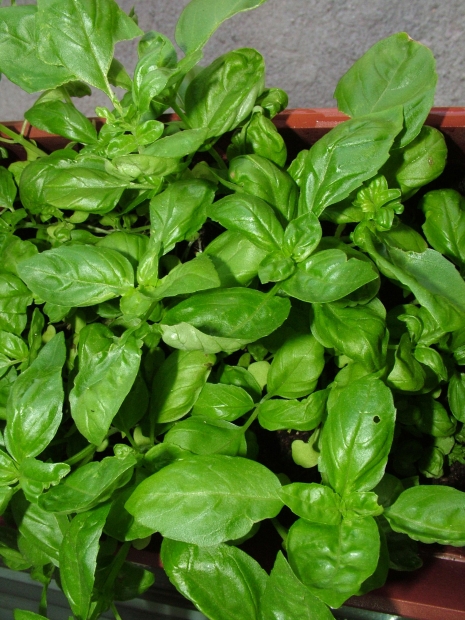 Loading... Please wait...
Loading... Please wait...Save Money. Grow Your Own!
Fast Plain Box Shipping.
We ship to the US & Canada.
Grow Your Own!
Making a fixed Kitchen Growbox for Herbs, veggies and more (DIY)
Posted on 5th Feb 2015
Want to spruce up your kitchen in a really good way? How about creating your own kitchen grow box to provide green herbs and veggies for the dinner table, all from the comfort of your very own cooking space?
Setting up your own grow box in the kitchen can be relatively easy. You have the resources that you need your disposal - you just have to figure out how to fit everything into the space that you use to cook every day.

Water
One aspect of setting up your kitchen grow box is to figure out where water is coming from. Of course, you have water right there at your kitchen sink. But it's a little bit more tricky than that, because the water has to go into a reservoir that can be injected with nutrients and otherwise carefully managed to feed your plants. Your hydroponic garden can’t just have a hot and cold “in-line,” because in its raw form, tap water isn't good for plants at all - so you need an intermediary space to hold that water, so it can be processed into something that plants can use.
Structure
You also have to figure out where plants are going to grow. A lot of growers use some pretty common strategies. One is to suspend a grow area on a shelf or onto a wall, often above the sink or some other common kitchen area. This helps the garden to remain inobtrusive but accessible. Another very common strategy is to situate the grow box inside a butcher block, because this is often dead space in the kitchen that can be effectively used for gardening.
Lighting
Does your kitchen lighting accommodate plants?
If you have any kind of normal kitchen, the answer is no. Regular incandescent lighting doesn't give plants what they need for photosynthesis. Plants used to use a combination of either sodium high-pressure or metal halite light bulbs. Now there are new LED designs that can provide light spectrum and intensity for plants. Some of these are small enough to go into your kitchen design. You'll have to figure out how to set up these lights right on top of plants, and how to fit them into your space. You may also be able to use natural light in some of these kinds of designs, although you may not get enough natural light to completely accommodate your plants. You may also need other tools for actually blocking out natural light according to light and dark cycles -- just like humans, plants benefit from having days and nights, and it's part of how they set their circadian rhythms.
For more on all of this kind of stuff, take a look at what retailers can offer for building your own hydroponic garden.
